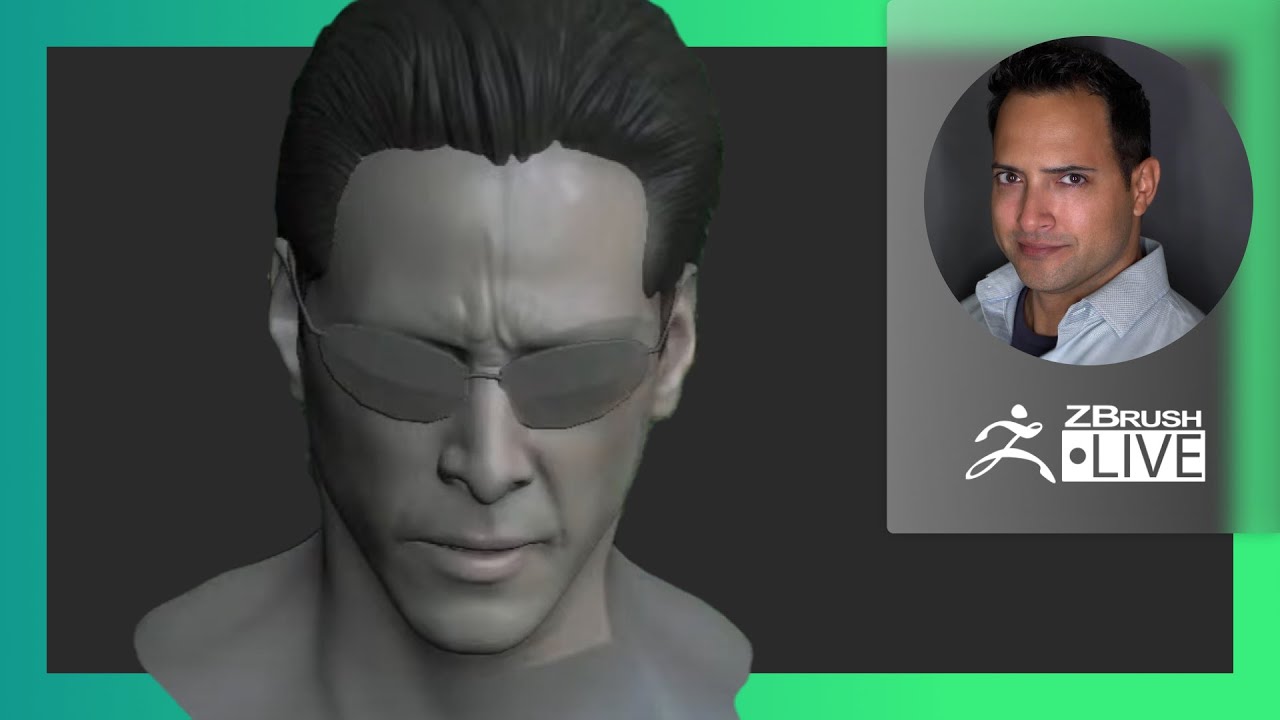


ZBRUSH COST FULL
Fusing polygons, removing full blocks of geometry, connecting parts with new paths with just a single click are some of the uses of Zmodeler. It is used for creating powerful and quick new shapes. The Zmodeler is designed to help the user in the creation process. ZBrush is a highly commercial yet skill-based software, that not only can be used for creating realistic renders but also can be used for 3D printing modeling. The best thing about ZBrush is that the user can sculpt and paint using a huge number of polygons without worrying about buying expensive graphics cards. Generally used by today’s digital artist, ZBrush has incredible User Experience that even inspires the artist from within. It is built with an amazing interface that offers users with the most advanced tools. ZBrush was first created by the company PIXOLOGIC INC, which was founded by Ofer Alon and Jack Rimokh in 1999. ZBrush offers a combination with Autodesk Maya, Max, Blender, Poser Pro, DAZ Studio. Lastly, we learn about the Rendering procedure. Then, we learn about the selection options and Polypainting and masking. In this last module of the Zbrush training course, we now study the Zmodeler. The 4th section is about the Menu & Brush Applications and the last section is based on Brushes. The 2nd & 3rd section is about Zbrush Practical. The first section is about the Zbrush Dyna Mesh in which we learn about the Fibermesh & settings, Masking, Topology, Noisemaker, Displacement maps.
ZBRUSH COST SOFTWARE
In this 2nd module of the ZBrush course, we go a little deeper into the software and learn about the Dyna Meshes in Zbrush.
ZBRUSH COST SKIN
The last section is Understanding Features which highlights Rendering, Timeline & Gradient, Shadowbox, layer management, Rendering, tiling & spotlight, Quick sketch symmetry, Blending mask, noise tools & Unified skin & resolutions. The second section of the module is the User Interface which includes topics about the menu bar, top option buttons, transforming objects info, New options Symmetry, New rotate & toggling of tools pallet & Zbrush new additions. The first section is Introduction to ZBrush which highlights ZBrush intro & Developer name, History, Course Description & Features, Detailed Features. The module is divided into three main sections. In the first module, of this course, we will learn the basics of ZBrush.
ZBRUSH COST SERIAL
Let’s have a look at the ZBrush Course in detail below: Serial No. Monitor: 1280×1024 monitor resolution (32-bit color).Pen Tablet: Mouse or Wacom (or Wacom compatible) pen tablet.

HDD: 8 GB of hard drive free-space for the scratch disk and the application.CPU: Core2duo or AMD equivalent with SSE2 technology or better.OS: 64-bit editions of Windows Vista or newer.You can download the software from the official website These link can be included in your resume/Linkedin profile to showcase your enhanced digital sculpting and modeling skills Yes, you get verifiable certificates for each course with a unique link.

Rendering, Timeline, Gradient, Shadowbox, X, Y, Z Planes of ZBrush, user interface, ZBrush Dynamesh, Brushes, Zmodeler, Polypainting & Masking, and Renderingīasic knowledge of using editing softwareĬertificate of Completion for each of the 3 courses You do not need to purchase each course separately. ZBrush isn’t far away from Blender too in this regard, they both have their pros and cons.You get access to all 3 courses bundle. The render option in a blender generates high-definition real-time images that seem very realistic. Blender is better for sculpting high quality models, while ZBrush has an easier workflow and is more geared towards professionals.īlender is one amazing tool that allows you to generate effective 3D models with multiple options to edit and form them according to your preference.


 0 kommentar(er)
0 kommentar(er)
